Washington, DC Metro: WMATA’s ‘Next Bus’ System to Return in July
(Source: Washington Post)
Metro: ‘Next Bus’ System to Return in July
Metro General Manager John B. Catoe Jr. started off his online discussiontoday with an update on the late, lamented Next Bus system, intended to provide real time information about bus arrivals.
Catoe said the system that was taken down in October 2007 for lengthy repairs should be back in July. He ordered it taken down because the information wasn’t accurate enough often enough.
Recently, some bus riders discovered an online test site and began using it.
Dear Dr. Gridlock:
I have kind of a mystery for you about the NextBus system. I write a blog about Columbia Heights called New Columbia Heights and also for DCist.
One of the DCist writers found that NextBus seemed to be working for WMATA, so I wrote about it on my blog — a NextBus staffer then commented on the post and said it’s a test version, but WMATA gave them a green light, and please use it. When Sommer from DCist asked WMATA about it, they said it wasn’t ready and shut it down.
Suddenly, I’m the bad guy, because apparently I unearthed some secret and people claim WMATA had never wanted NextBus to work anyway, and used this as an excuse to shut it down (again). WMATA said it’ll be awhile before the site is up. It seems like NextBus and WMATA aren’t on the same page about the site, maybe you could look into that and why it’s not up and running at all – it’s been a few years.
Click here to read more.

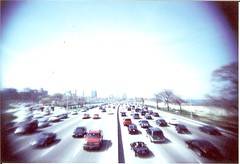
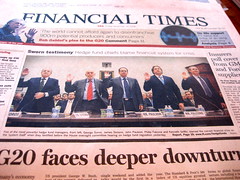
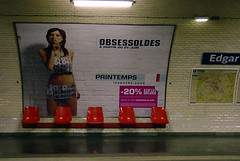
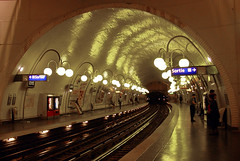


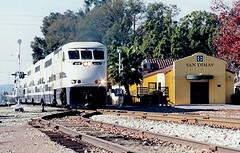

 President Obama and Vice President Biden spoke with Transportation Secretary Ray LaHood Tuesday at Transportation Department headquarters, where they announced the first batch of stimulus funds getting distributed. In an interview with The Wall Street Journal, Mr. LaHood talked about spending stimulus money wisely, his opposition to an increase in the gasoline tax, new fuel emission standards and more. Below are edited excerpts from the interview.
President Obama and Vice President Biden spoke with Transportation Secretary Ray LaHood Tuesday at Transportation Department headquarters, where they announced the first batch of stimulus funds getting distributed. In an interview with The Wall Street Journal, Mr. LaHood talked about spending stimulus money wisely, his opposition to an increase in the gasoline tax, new fuel emission standards and more. Below are edited excerpts from the interview.
 “Battery electric vehicles, plug-in hybrids and possibly hydrogen fuel cell vehicles are expected to become increasingly available in the near-to-medium term given recent improvements especially in batteries,” the 50-by-50 campaign noted in a
“Battery electric vehicles, plug-in hybrids and possibly hydrogen fuel cell vehicles are expected to become increasingly available in the near-to-medium term given recent improvements especially in batteries,” the 50-by-50 campaign noted in a